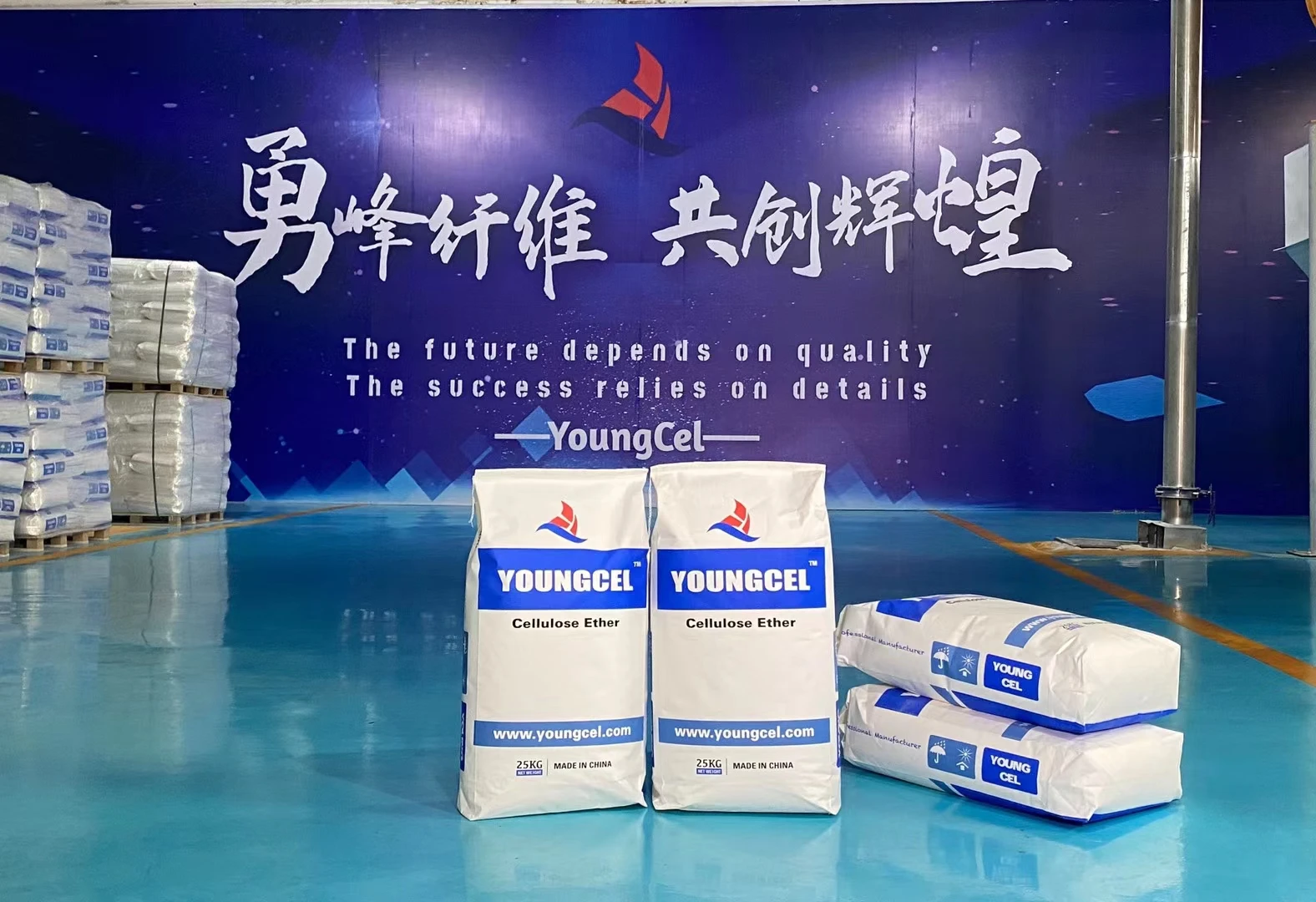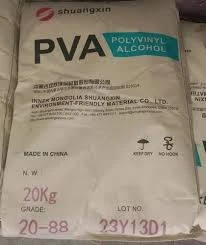Feb . 01, 2025 04:13
Back to list
chemicals used in paints
Navigating the extensive world of paint chemistry, one is introduced to an intricate blend of compounds and elements that each play pivotal roles in the formulation of paints. While many seek to choose paint based on color or finish, understanding the chemicals used in paints offers insights into the performance, durability, and environmental impact of the product.
Solvents are volatile substances used to dissolve other paint constituents and control viscosity during application. Traditional solvents include turpentine and white spirit, but there's a shift towards eco-friendly alternatives. Water-based solvents, prominently used in acrylic paints, dramatically reduce the environmental footprint, emitting lower levels of VOCs. Solvent choice influences the drying time and ease of application, essential traits in industry sectors that depend on rapid production lines or precision coatings. Additives The Functional Enhancements Additives constitute a small percentage of the paint formulation but provide crucial enhancements to performance characteristics. These can range from fungicides to prevent mold growth, thickeners for improved texture, to UV stabilizers for outdoor paints, enhancing their longevity against sunlight exposure. Rheology modifiers, another significant class of additives, adjust the flow properties of paint, ensuring it applies smoothly without dripping or sagging. Anti-foaming agents eliminate bubbles in the applied film, while surfactants improve the wetting properties, ensuring uniform application on diverse substrates. Health, Safety, and Environmental Considerations Recent developments in paint chemicals focus on reducing the environmental and health impacts associated with VOCs. VOCs contribute to air pollution and respiratory issues; thus, the industry trend is inclined toward low-VOC or zero-VOC formulations. Paints formulated with water as the primary solvent have shown promising reductions in harmful emissions. Manufacturers are also investing in biodegradable binders and green pigments sourced from sustainable resources, signaling a transformative shift towards sustainability in the paint industry. Eco-labels and certifications now play a crucial role in guiding consumers towards environmentally friendly choices, which align with modern regulations and consumer preferences for healthier indoor environments. In conclusion, the chemistry of paints transcends mere aesthetics, delving into a synergy of compounds finely-tuned for performance, safety, and sustainability. As technology advances, continued innovation in paint chemistry will likely focus on enhancing these factors, ensuring that the paints of tomorrow are advanced solutions meeting the ever-evolving demands of consumers and the environment alike.


Solvents are volatile substances used to dissolve other paint constituents and control viscosity during application. Traditional solvents include turpentine and white spirit, but there's a shift towards eco-friendly alternatives. Water-based solvents, prominently used in acrylic paints, dramatically reduce the environmental footprint, emitting lower levels of VOCs. Solvent choice influences the drying time and ease of application, essential traits in industry sectors that depend on rapid production lines or precision coatings. Additives The Functional Enhancements Additives constitute a small percentage of the paint formulation but provide crucial enhancements to performance characteristics. These can range from fungicides to prevent mold growth, thickeners for improved texture, to UV stabilizers for outdoor paints, enhancing their longevity against sunlight exposure. Rheology modifiers, another significant class of additives, adjust the flow properties of paint, ensuring it applies smoothly without dripping or sagging. Anti-foaming agents eliminate bubbles in the applied film, while surfactants improve the wetting properties, ensuring uniform application on diverse substrates. Health, Safety, and Environmental Considerations Recent developments in paint chemicals focus on reducing the environmental and health impacts associated with VOCs. VOCs contribute to air pollution and respiratory issues; thus, the industry trend is inclined toward low-VOC or zero-VOC formulations. Paints formulated with water as the primary solvent have shown promising reductions in harmful emissions. Manufacturers are also investing in biodegradable binders and green pigments sourced from sustainable resources, signaling a transformative shift towards sustainability in the paint industry. Eco-labels and certifications now play a crucial role in guiding consumers towards environmentally friendly choices, which align with modern regulations and consumer preferences for healthier indoor environments. In conclusion, the chemistry of paints transcends mere aesthetics, delving into a synergy of compounds finely-tuned for performance, safety, and sustainability. As technology advances, continued innovation in paint chemistry will likely focus on enhancing these factors, ensuring that the paints of tomorrow are advanced solutions meeting the ever-evolving demands of consumers and the environment alike.
Latest news
-
The Versatility of Industrial Additives: Mhec, Hpmc, And Wall Putty SolutionsNewsMar.28,2025
-
The Importance of HPMC in Modern IndustriesNewsMar.28,2025
-
Partnering with Reliable Manufacturers for Optimal ResultsNewsMar.28,2025
-
Enhancing Construction Performance with Redispersible Polymer PowdersNewsMar.28,2025
-
Enhancing Construction and Household Products with Advanced AdditivesNewsMar.28,2025
-
Building Strong Foundations with Key Construction MaterialsNewsMar.28,2025






